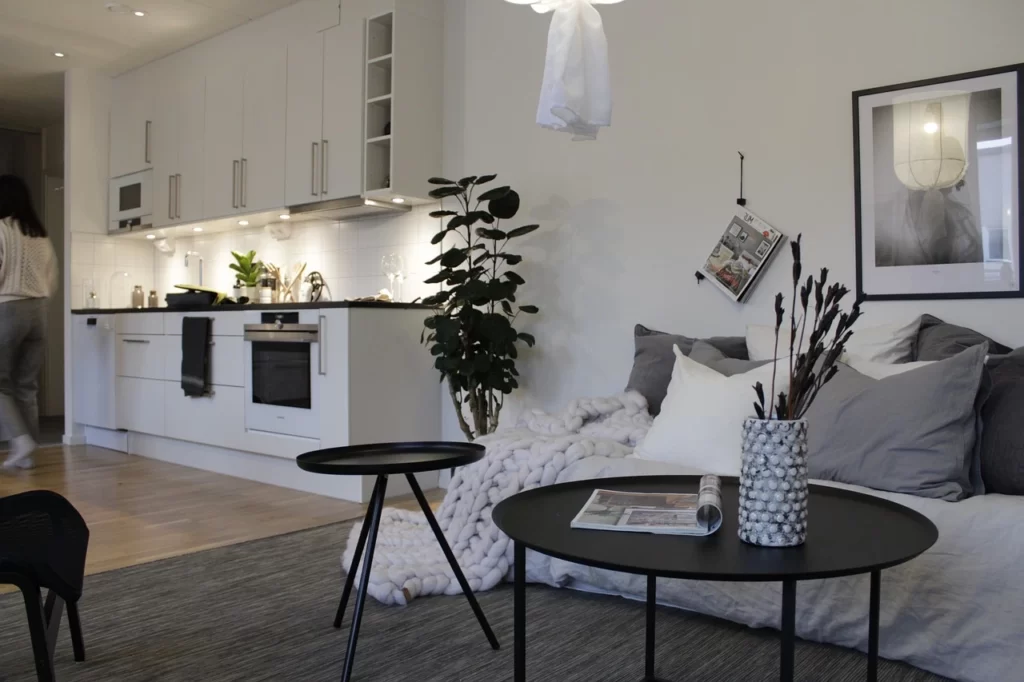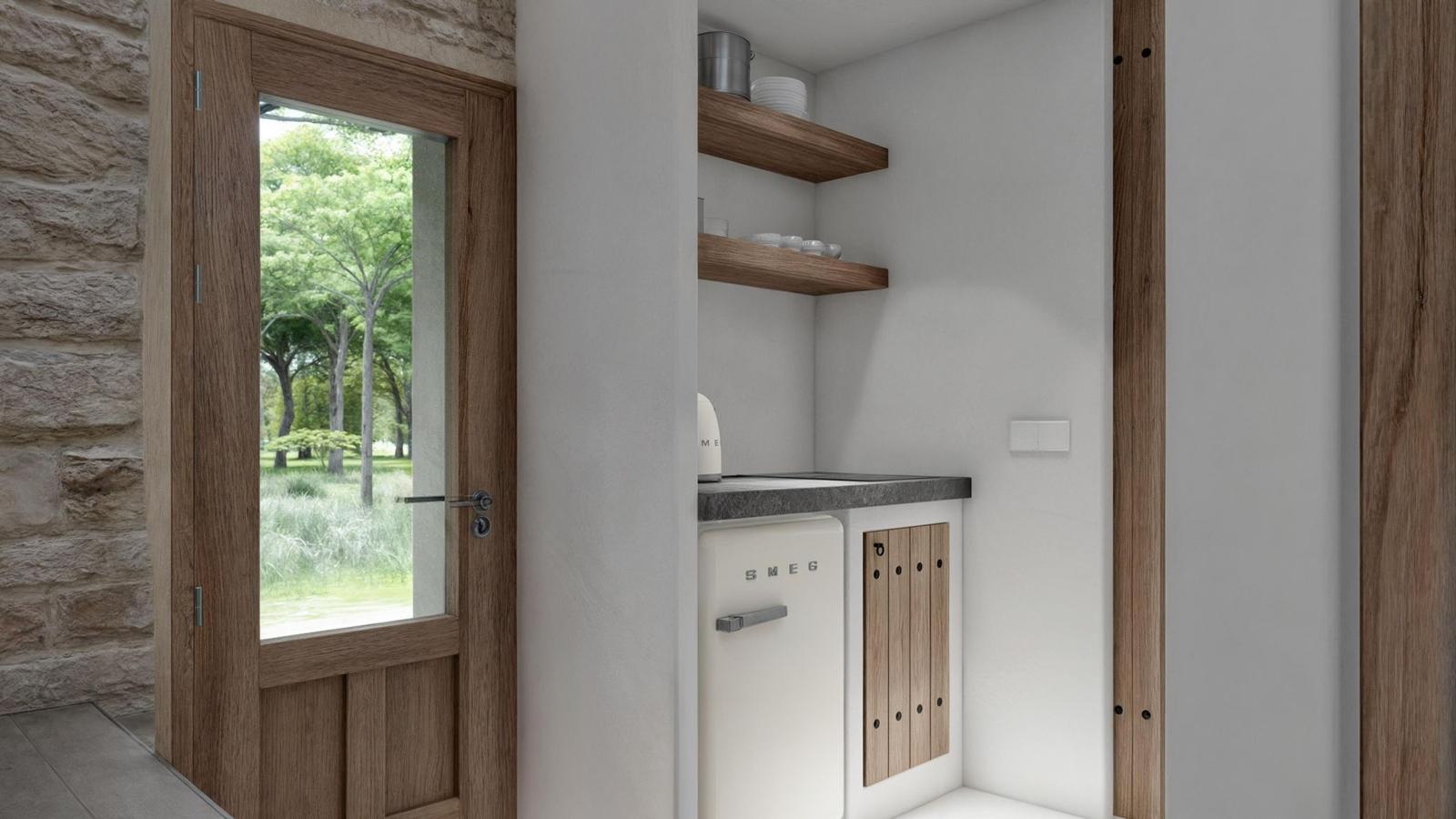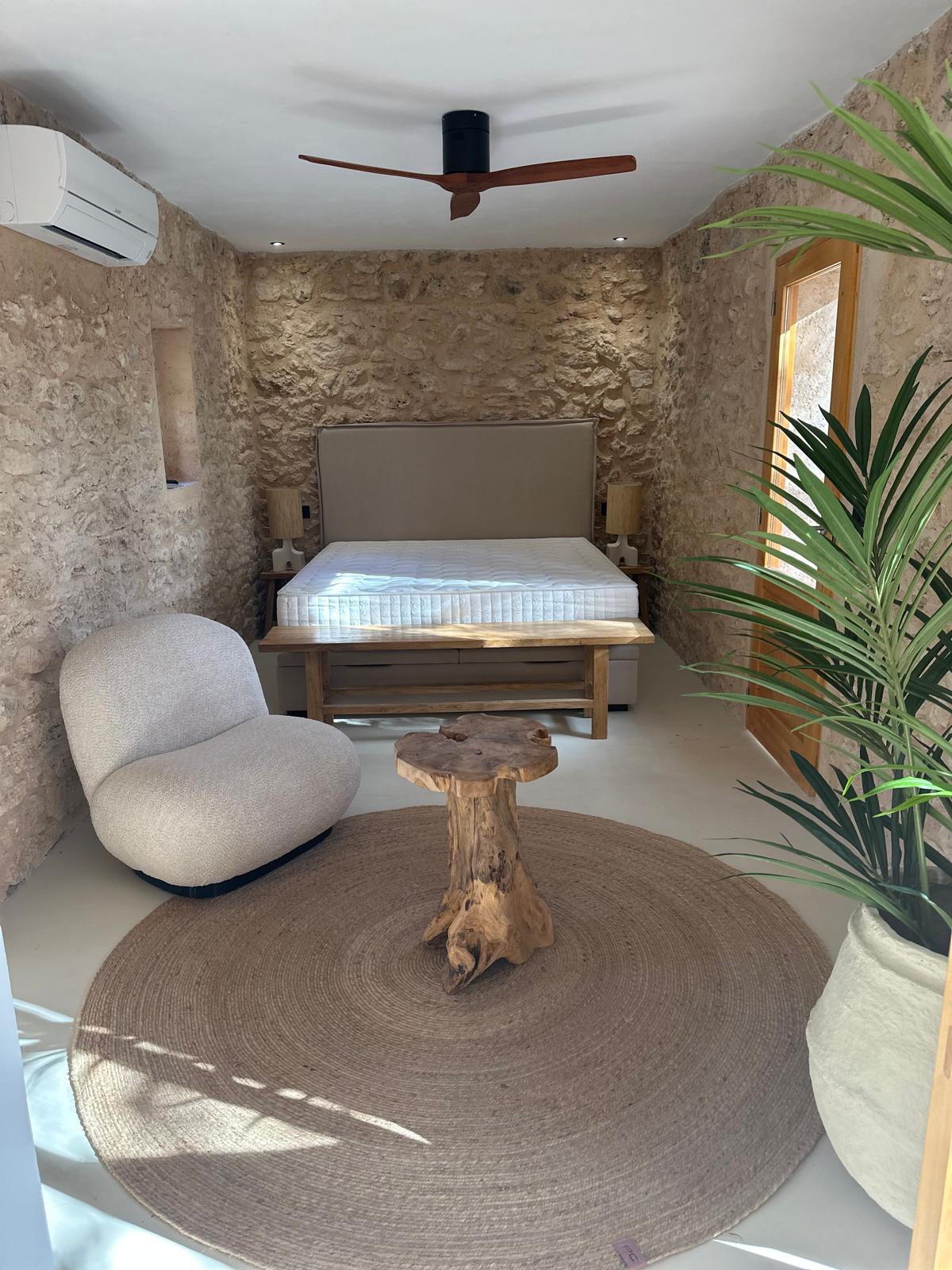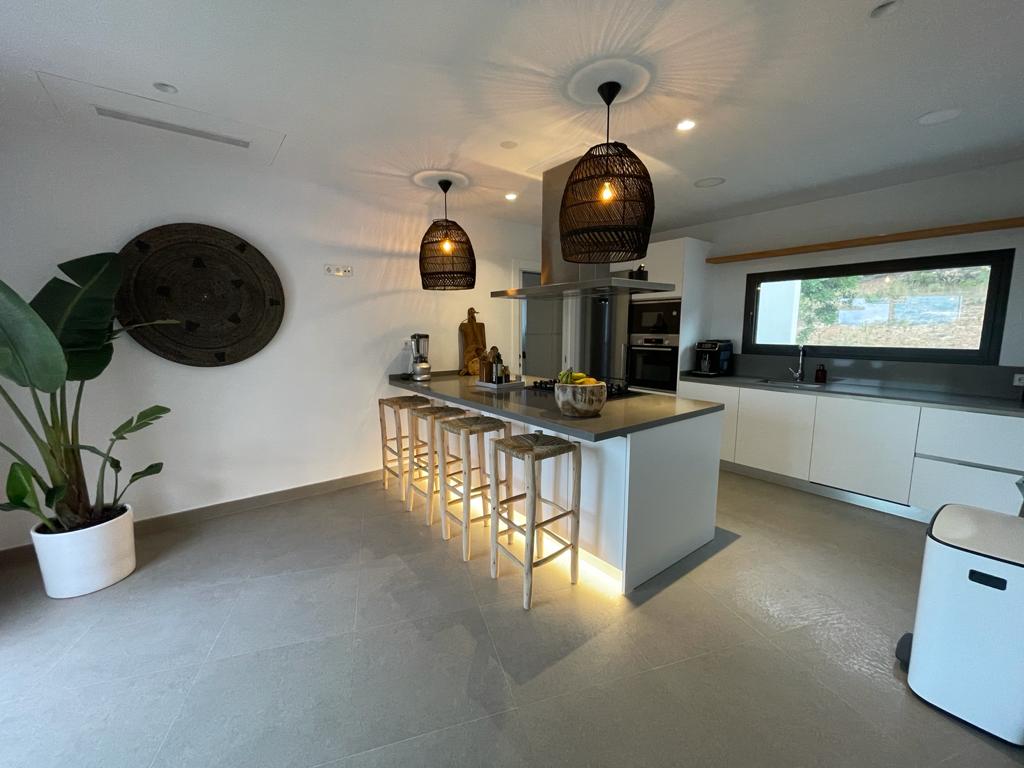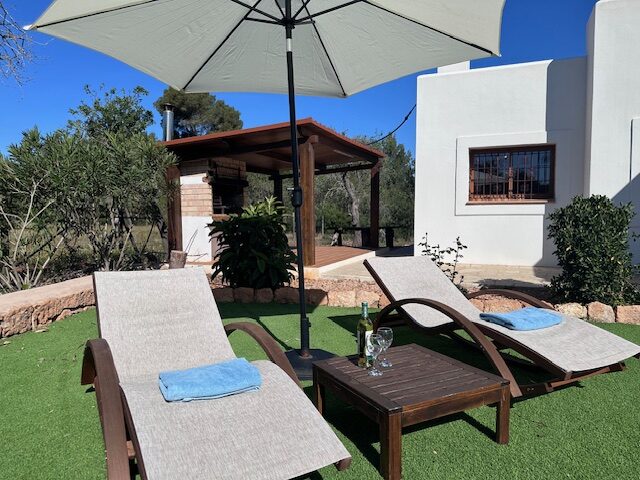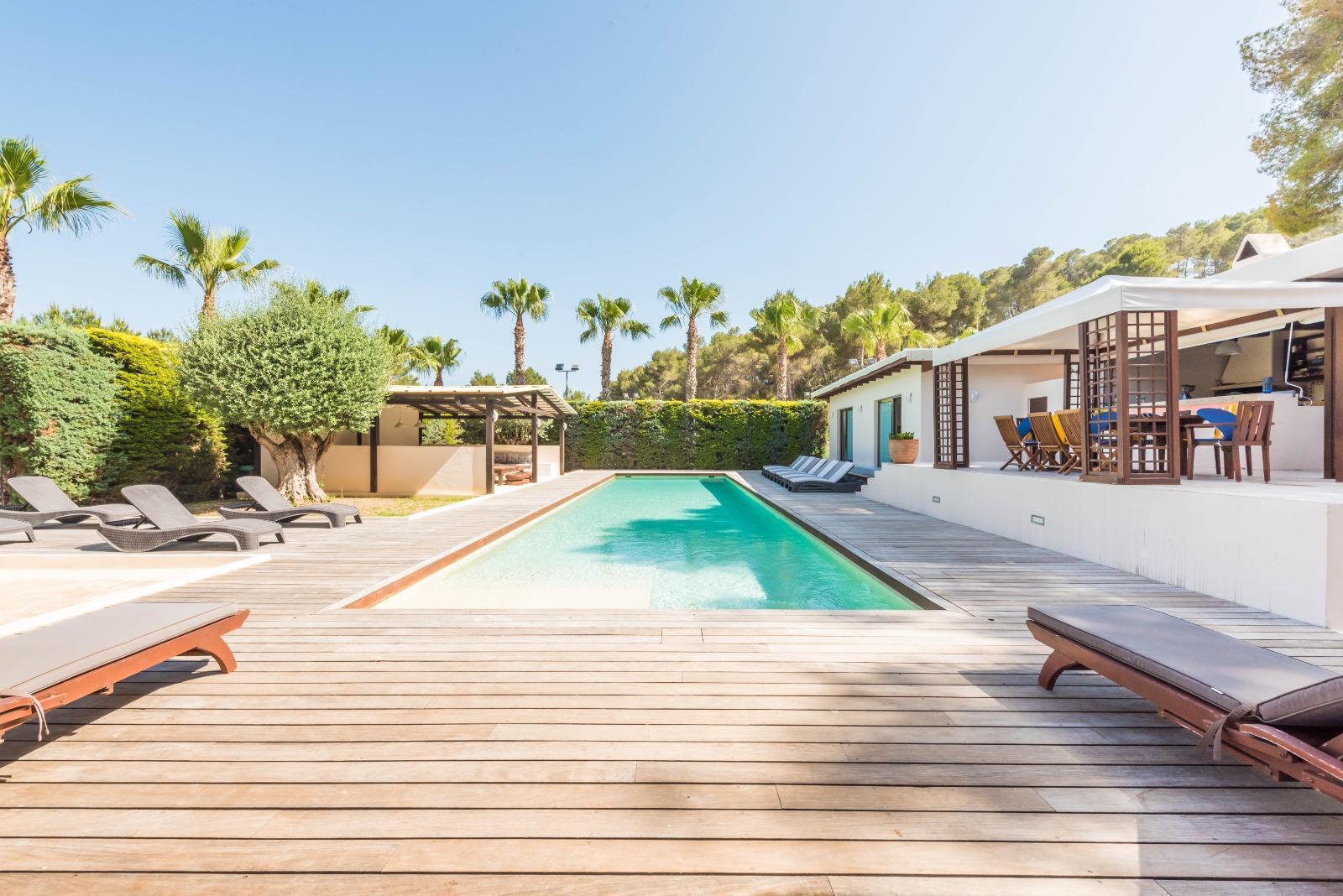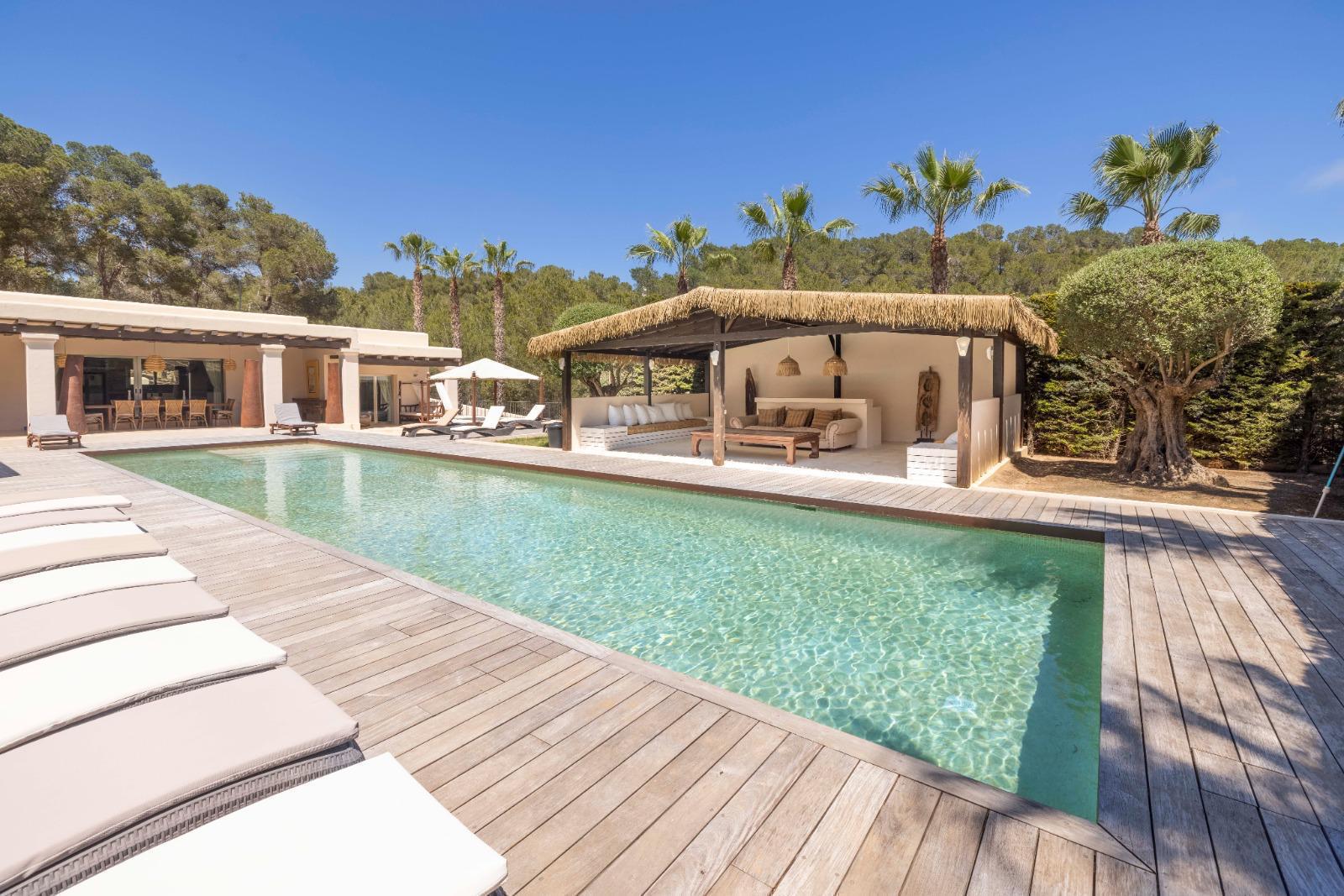When it comes to interior design, every country has its own unique style that reflects its cultural heritage and traditions. Two popular styles that have gained international attention are Moroccan interior design and Spanish interior design. Both styles evoke warmth and vibrancy, but they differ in key elements such as color palette, materials, and decorative details. In this article, we’ll explore the main differences between Moroccan and Spanish interior design, focusing on how each captures the essence of its cultural roots while offering a distinct aesthetic.
The Warmth of Spanish Interior Design
Spanish interior design is renowned for its warm, inviting, and vibrant atmosphere that reflects the rich cultural history of Spain. One of its defining features is the use of warm, earthy colors such as terracotta, ochre, and deep reds. These tones create a cozy and welcoming environment that feels both rustic and sophisticated. Spanish interiors often incorporate handcrafted details, such as ornate tiles, wrought iron elements, and intricate woodwork, which add to the artisanal feel of the space.
In Spanish homes, architectural features like arched doorways, curved staircases, and rounded corners contribute to a sense of elegance and fluidity. These shapes soften the overall look of the space, making it feel more organic and natural. Additionally, natural materials like wood, stone, and clay tiles are used to create a rustic yet polished aesthetic. For example, textured walls made from plaster or stucco add depth and character to Spanish interiors.
Decorative tiles are another hallmark of Spanish design. Known for their intricate patterns and bright colors, these tiles are often used to add visual interest to floors, walls, and kitchen backsplashes. They serve as focal points in the home, drawing the eye and providing a pop of color that contrasts beautifully with the earthy tones of the surrounding decor.
The Boldness of Moroccan Interior Design
In contrast, Moroccan interior design is characterized by bold colors, intricate patterns, and rich textures. This style reflects Morocco’s diverse cultural influences, which include Arab, Berber, and European elements. Vibrant hues such as blue, green, orange, and gold dominate Moroccan interiors, often paired with bold geometric patterns and mosaics. These colors and patterns are key to creating the lively and energetic atmosphere that Moroccan design is known for.
Furniture and decor in Moroccan interiors are often made from natural materials like wood, leather, and woven fabrics, but they are typically more embellished than their Spanish counterparts. Intricate carvings, embroidery, and detailed metalwork add a sense of craftsmanship and luxury. Moroccan interiors also feature an abundance of textures, from plush carpets and soft cushions to woven textiles and tapestries. These rich textures create a sense of warmth and comfort, making the space feel inviting and lived-in.
Color Palette: Earthy vs. Bold
One of the most noticeable differences between Spanish interior design and Moroccan interior design is the color palette. Spanish design tends to favor warm, earthy tones like terracotta, deep reds, and beige. These colors evoke the sun-drenched landscapes of Spain and contribute to the rustic charm of Spanish interiors.
In contrast, Moroccan design embraces bold and vibrant colors. Blues and greens are particularly prominent, reflecting Morocco’s coastal and desert landscapes. These colors are often paired with golds, oranges, and deep purples, creating a striking contrast that energizes the space. Where Spanish design seeks warmth and subtlety, Moroccan design leans toward drama and vibrancy.
Materials: Natural vs. Embellished
Another key difference lies in the use of materials. Spanish interiors heavily incorporate natural materials like wood, stone, and clay tiles, which give the space a more organic and earthy feel. The materials are often left in their raw form, with little embellishment, to highlight their natural beauty. Wooden beams, stone fireplaces, and terra cotta flooring are common in Spanish homes, adding to the rustic and grounded atmosphere.
In contrast, Moroccan interiors favor more ornate and embellished materials. Natural materials such as wood and leather are still used, but they are often intricately carved or embroidered. Moroccan design also makes heavy use of mosaic tiles, which are more elaborate than the decorative tiles found in Spanish homes. These mosaics often feature intricate geometric patterns that reflect the strong Islamic art influence in Moroccan design.
Decorative Details: Handcrafted vs. Intricate
Both Spanish and Moroccan designs emphasize handcrafted details, but the approach differs. In Spanish interior design, decorative elements like wrought iron railings, handcrafted wooden furniture, and ornate tiles create a sense of artisanal craftsmanship. These details are typically more rustic and understated, adding character without overwhelming the space.
In Moroccan interior design, the decorative details are far more intricate. Mosaic tiles, intricate metal lanterns, and elaborately carved wooden doors are common features in Moroccan homes. These elements are often more ornate and detailed than their Spanish counterparts, contributing to the luxurious and exotic feel of Moroccan interiors.
Textures: Rustic vs. Luxurious
Textures play a significant role in both styles, but the approach is different. Spanish interiors often feature textured walls made from plaster or stucco, adding depth without overpowering the space. The focus is on creating a rustic, natural feel with materials like wood and stone.
In contrast, Moroccan interiors are known for their rich and varied textures. Plush carpets, embroidered cushions, and woven textiles create a sense of luxury and comfort. These textures are not just about adding warmth but also about creating a multi-sensory experience that engages both sight and touch.
A Meeting of Two Cultures: Choosing Between Spanish and Moroccan Design
While both Spanish interior design and Moroccan interior design offer warmth, vibrancy, and a strong sense of cultural heritage, the two styles have distinct differences that set them apart. Spanish interiors are defined by earthy tones, natural materials, and a more rustic, grounded feel. In contrast, Moroccan interiors are bold, colorful, and highly textured, with intricate patterns and luxurious details.
Choosing between these two styles depends on the atmosphere you want to create in your home. If you prefer a cozy, warm environment with a rustic charm, Spanish design may be the perfect choice. On the other hand, if you’re drawn to vibrant colors, rich textures, and an exotic flair, Moroccan interior design offers a dynamic and luxurious aesthetic.
Both styles provide a unique way to bring a touch of the exotic into your home, each with its own set of characteristics that make it special. Whether you choose the earthy elegance of Spanish design or the bold beauty of Moroccan interiors, you’re sure to create a space that reflects your personality and style.

